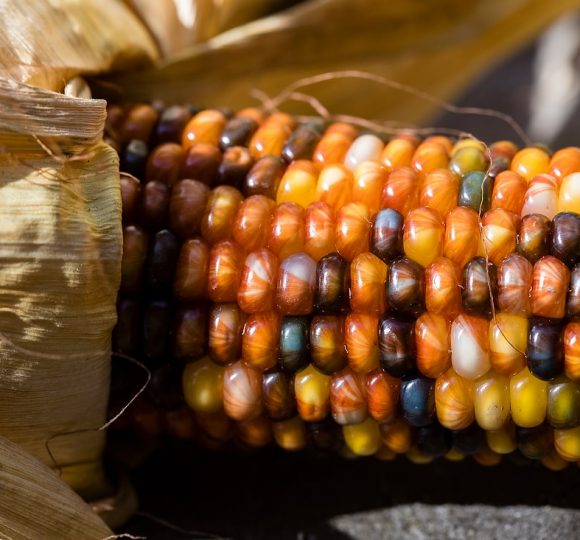Agricultural lands (croplands, pasture, and rangeland) cover almost half of the land area of the conterminous United States. The effects of agriculture on wildlife populations vary considerably depending on agricultural management practices and the ecology and life history of the species concerned. This technical report describes how the effects of agriculture on habitat suitability and functional connectivity were modeled for three avian focal species: the greater sage grouse (Centrocercus urophasianus); the American black duck (Anas rubripes); and the bobolink (Dolichonyx oryzivorus). When agricultural lands are managed with wildlife-friendly practices (i.e., low-intensity grazing, carefully timed mowing, or less frequent harvests), they can provide valuable movement habitat for sage grouse and bobolinks, while black ducks may benefit from access to agricultural lands in the non-migratory seasons, particularly when these are in proximity to native vegetation or wetland habitats.
This modeling is part of AFT’s Farms Under Threat Initiative which is using spatial analyses to analyze the status of and threats to agricultural land. Release of the sage grouse maps is pending: to ensure the mapping is using the most current information, AFT plans to review a recently released report on a multi-year sage grouse project by a consortium of federal agencies.





